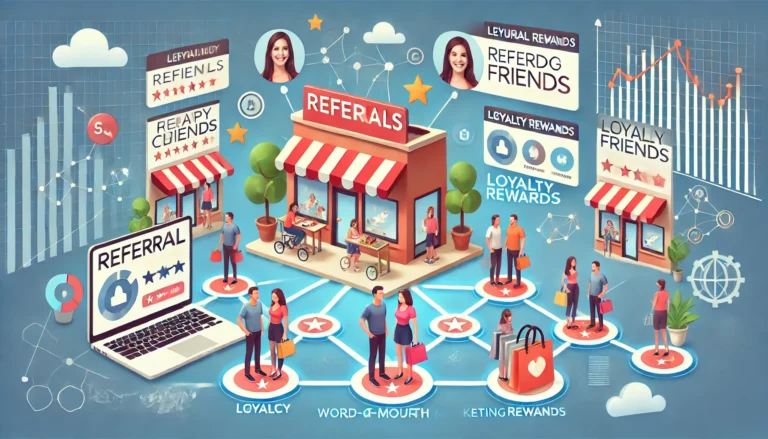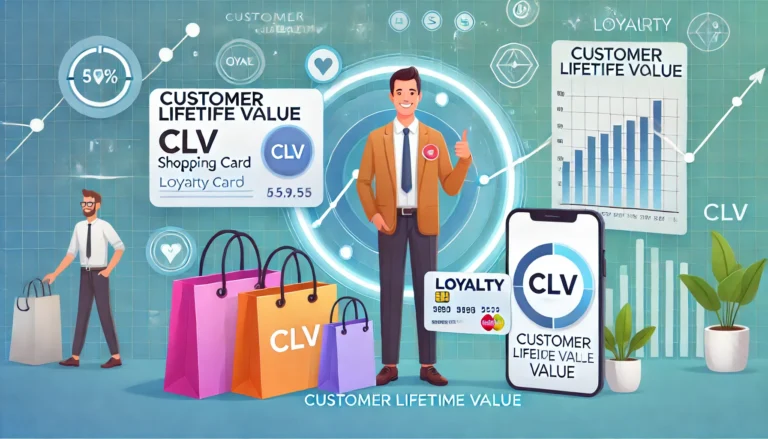One of the biggest joys of operating a retail business is the opportunity to engage with a wide variety of people every day.The retail customers, whether they step into a boutique, a large department store, or browse in an online shop, carries a unique perspective, purchasing style, and set of expectations. This diversity not only enriches the retail experience but also presents unique challenges and opportunities for businesses aiming to meet and exceed customer demands.
This article outlines the different types of customers and provides strategies to effectively engage each one, thereby addressing the potential problems faced by customers in retail stores and how to help customers in retail with a more personalised and targeted shopping experience.
1. Demographic Customer Types: Crafting Personalised Experiences
This involves grouping customers together based on facts about their lives, for example, gender, age, occupation, household income, and marital status.
Engagement Strategies:
- Age: You can customise your marketing messages to appeal to different age groups. For instance, Forever 21 targets young shoppers with trendy, affordable fashion, while luxury retailers like Nordstrom focus on older demographics with higher disposable incomes.
- Gender: Creating gender-specific campaigns for occasions like Mother’s Day or Father’s Day promotions, aligning products with these demographics.
- Income: Diversify the product range to attract both luxury and budget-conscious shoppers, ensuring inclusivity. Walmart, for example, appeals to budget-conscious shoppers with competitively priced products and rollback discounts, while Tiffany & Co. caters to higher-income customers with high-end jewellery.
2. Psychographic Customer Types: Connecting On A Deeper Level
You can categorise customers based on their values, attitudes, and lifestyle. It provides a deeper understanding of what drives their purchase decisions, enabling you to connect more deeply and emotionally through targeted marketing.
Engagement Strategies:
- Lifestyle: Target customers who prioritise sustainability with eco-friendly products and highlight green practices. Lululemon, for example, targets health and fitness enthusiasts with its range of premium athletic wear and yoga gear, complemented by free community workout classes.
- Values and Attitudes: Craft campaigns that resonate with customers’ values, whether it’s community involvement or wellness.
- Discount Seekers: These customers are driven by the thrill of finding the best deals and bargains. They diligently compare prices across different platforms to ensure maximum savings. They are price-sensitive and will only buy products that are on sale or have a discount. Their behaviour, tracked through CRM data, provides insights into their preference for cost-effective purchases. Highlight special promotions and limited-time offers to capture their attention.
3. Behavioural Customer Types: Leveraging Customer Actions
Analysing purchase history, shopping frequency, brand loyalty, and product usage provides insights that enable more personalised marketing strategies. According to a study by McKinsey, 80% of respondents prefer a personalised experience.
Engagement Strategies:
- Purchase History: Recommending complementary products based on previous purchases to encourage repeat purchases. Amazon uses customer purchase data to recommend related products and offers personalised ads based on previous browsing and buying behaviour.
- Frequency: Identify and reward frequent buyers with loyalty programs and exclusive offers. These customers have willingly provided their contact details, providing a great opportunity to build long-term relationships with these customers. Starbucks rewards frequent visitors through its loyalty program by offering free drinks and exclusive offers, enhancing customer retention. For frequent shoppers who rarely join loyalty programs, retailers can use smart in-store touchpoints such as the digital receipt provided by refive to encourage them to enrol in the program with zero friction.
- Brand Loyalty: Acknowledge loyal customers with personalised thank-you messages, early access to new products, and special promotions. These are loyal customers who go beyond repeat purchases by actively promoting your brand. They refer friends, share positive experiences on social media, and contribute significantly to the positive image of your brand. Apple, for example, engages its loyal customer base with early access to new products and exclusive events, fostering a strong community feel.
- Tech-Savvy Customers: These customers actively engage with your brand through digital channels. Their online interactions provide a more comprehensive understanding of their preferences and habits.
refive’s digital receipt system creates a customer profile for each customer who makes a purchase in-store. Every engagement after the first purchase will be added to their customer profiles, enriching their behavioural data. The digital receipts also show them personalised offers and offerings to encourage engagement. This approach helps transform one-time shoppers into regular patrons by providing tailored experiences that resonate with their shopping behaviours and preferences. Retailers can also analyse the in-store customer data to enhance retention across different channels.
4. Geographic Customer Types: Location-based Marketing
This involves dividing customers based on location, climate, urban or rural settings, and population density.
Engagement Strategies:
- Location: Customise marketing promotions for local events, holidays, and regional preferences. For example, winter gear should be promoted in colder climates, and beachwear should be promoted in coastal areas. Lidl adjusts its inventory with stores across Europe based on regional preferences and local sourcing. For example, in Italy, you will find a greater emphasis on local cheeses and wines compared to stores in Northern Europe.
- Urban/Rural: Adjust product offerings and marketing messages on whether your customers are in urban or rural settings.
5. Occasion-Based Customer Types: Capturing Seasonal Demands
This involves identifying customers based on holidays, events, special occasions, and seasonal trends. Tailoring marketing efforts to these times can capture the heightened purchase intent and provide customers with timely and relevant shopping options.
Engagement Strategies:
- Holidays and Events: Create targeted campaigns around major holidays like Christmas, Halloween, or Black Friday. Offer special promotions and gift guides tailored to these occasions. One of the great examples is Harrods. It is known for its luxury goods and excels during the holiday season with its lavish Christmas decorations and themed shopping experiences, attracting tourists and locals looking for high-end holiday gifts.
- Seasonal Trends: Promote products that align with seasonal changes, such as summer apparel or winter accessories, to stay relevant and timely.

Building Lasting Customer Relationships
Understanding your customers is crucial for success in the competitive retail landscape. By identifying customers using demographic, psychographic, behavioural, geographic, occasion-based, needs-based, and value-based factors, you can create tailored experiences that foster loyalty and transform shoppers into brand advocates.
refive offers smart in-store touchpoints such as digital receipts that enable you to capture valuable customer data in-store, leverage it to identify and engage retail customers, and foster loyalty and retention. To find out more, get in touch today for a demo.









